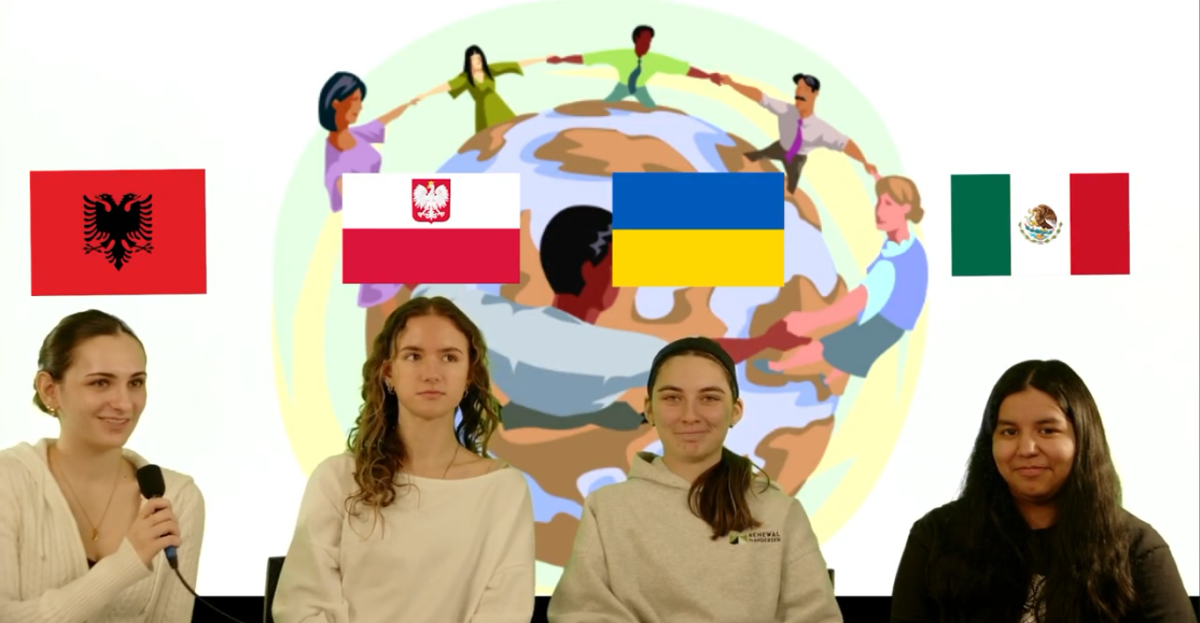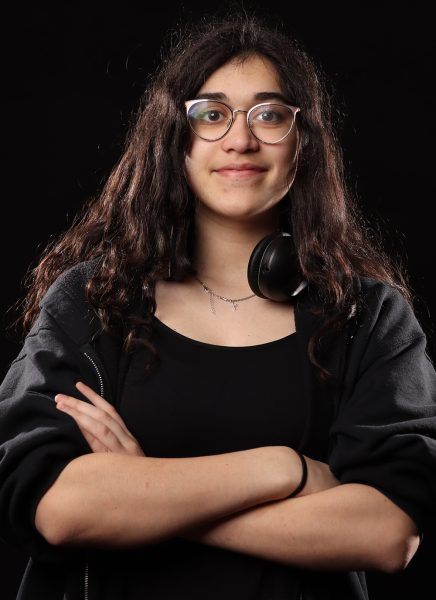
“What is a religious festival in Sicily? It would be easy to answer that it’s everything, but a religious celebration. first of all, it’s an existential explosion, the explosion of the collective id, in a land where the community exists at its own id level only. Since it is only during celebrations that Sicilian people leave their state of “one man” , which is then the condition of their vigilant and painful super-ego, and lastly feel as a part of a class, of a city.”
“There is no place, in Sicily, where the Passion of Christ would not come alive through a real representation, where real people or statuary groups change streets and squares into a stage full of drama, where playing betrayal, murder and the pain of a mother.
But is it really the drama of the son of God who became man, what is actually performed, in the Sicilian countries, on Good Friday?
Or is it not rather the drama of a hurt humanity, betrayed by his neighbor, murdered by the law? Or, at last, it is not even this, and is it only the drama of a mother, the drama of the Lady of Sorrows?” – Leonardo Sciascia, “Feste religiose in Sicilia
Easter is a well-known holiday worldwide, and it is no different in Italy where it is the second biggest holiday after Christmas. In Italy, the week of Easter, or Pasqua in Italian, is called “Holy Week” or Settimana Santa, which runs from the 24th to the 31st of March. This week is filled with processions and rituals followed by feasting and celebrations on Sunday, which is the holiday of La Pasquetta, or little Easter, on Monday. Southern Italy is particularly popular for its solemn processions that include special statues of the Madonna and Christ carried through town by people in costumes.
Settumana Santa
Settimana Santa begins on Palm Sunday, March 24th, although some start their processions or rituals earlier, usually on the Thursday or Friday before Palm Sunday. The biggest Palm Sunday Mass is led by the Pope in Saint Peter’s Square, including the Palms and processions. Holy Thursday is an evening of special masses and often processions.
Good Friday
Good Friday is observed in most places in Italy with the Via Crucis, the ritual of the 14 Stations of the Cross. In many places, processions include people in costume acting out events at each station, which can be very dramatic. The Good Friday procession in Enna, Sicily, includes more than 2,000 friars dressed in ancient costumes. Trapani, also in Sicily, has a 24-hour-long procession called the Misteri di Trapani.
Traditions
One of the most iconic Easter traditions in Italy is the “Scoppio del Carro,” or the Explosion of the Cart, which takes place in Florence. This tradition, which dates back over 350 years, involves a cart filled with fireworks being paraded through the streets to the Piazza del Duomo, where it is ignited in a spectacular display of pyrotechnics. This ritual symbolizes the beginning of spring and is believed to bring good luck for the harvest season. Although fireworks are used in various Easter celebrations worldwide, the grandeur and historical significance of the Scoppio del Carro make it a unique Italian tradition.
Throughout Italy, Easter is celebrated with grand religious processions and rituals that are renowned for their intricate nature. The cities of Rome, Naples, and Palermo are particularly well-known for their solemn processions, which attract crowds of worshippers and tourists alike as they reenact the Passion of Christ. During these processions, participants don traditional garb, carry statues and crosses through the streets, and engage in prayer and chant.
Italy’s culinary traditions play a significant role in Easter celebrations, with each region having its array of delicious dishes. One of the most iconic Easter treats is the “Colomba di Pasqua” or Easter Dove, a dove-shaped sweet bread traditionally flavored with candied fruits and almonds. In southern Italy, “Pizza di Pasqua,” a savory Easter bread filled with cheese and cured meats, is a staple on Easter Sunday tables.
Italy’s Easter traditions are distinct from those of other places in the world due to their deep connection to both Christianity and paganism. The customs observed during Easter in Italy have their origins in ancient Roman rituals that celebrated the arrival of spring and fertility. For instance, the tradition of exchanging Easter eggs is believed to have pagan roots, symbolizing new life and rebirth. In Italy, however, Easter eggs are often beautifully decorated and filled with surprises, which adds an artistic touch to the tradition.
Italy’s diverse regions offer unique Easter celebrations, each with its customs and traditions. Sicily’s “Uomo Vivo” processions are elaborate and feature live reenactments of biblical scenes. From ancient rituals such as the Explosion of the Cart to solemn processions reenacting the Passion of Christ, Italy’s Easter celebrations are a vibrant tapestry woven from centuries of tradition, faith, and cultural heritage. The country’s Easter celebrations offer a unique glimpse into its rich tapestry of culture and history with mouth-watering culinary delights and regional variations in customs and traditions.




















